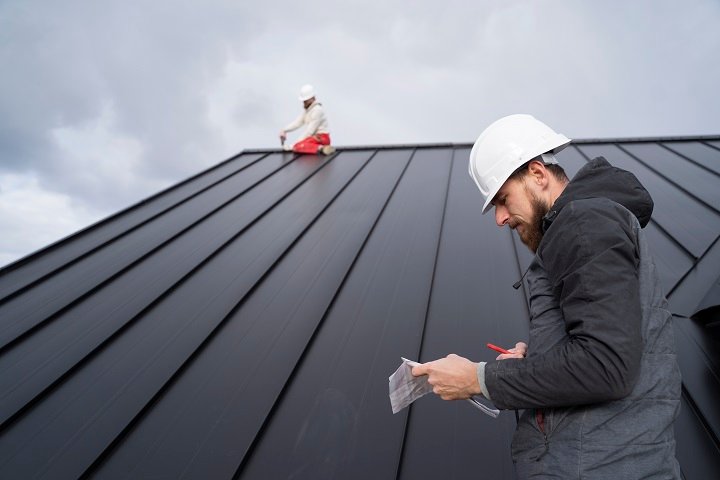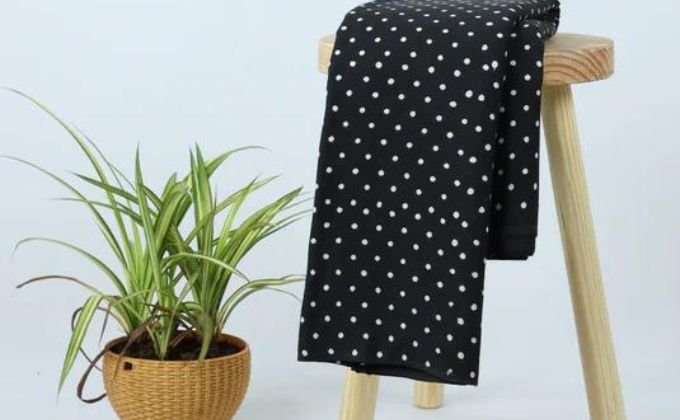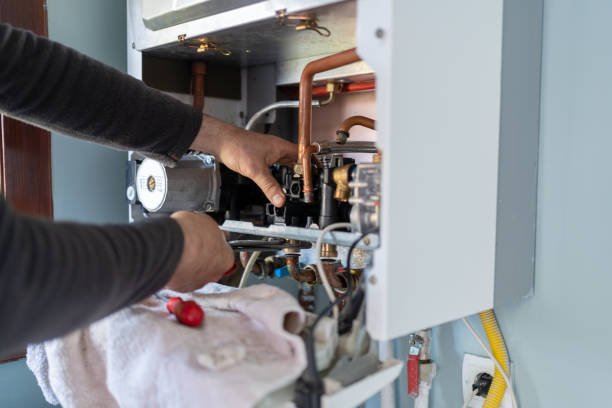A conservatory can be a fantastic addition to any home, but many homeowners struggle with maintaining a comfortable temperature throughout the year. Whether it’s too hot in summer or too cold in winter, this issue often arises from poor insulation. One of the best ways to combat this is by installing an insulated conservatory roof, which can dramatically improve energy efficiency and comfort levels.
Why Insulate Your Conservatory Roof?
Without proper insulation, conservatories tend to become unusable for long periods due to extreme temperatures. By adding insulation, you can make your conservatory usable year-round while reducing energy costs. Insulation helps in retaining heat during the winter and preventing excess heat from entering during the summer.
Materials for Insulating a Conservatory Roof
When it comes to insulating your conservatory, choosing the right materials is crucial. Different options come with their own advantages, so it’s essential to find the best fit for your needs.
1. Polycarbonate Sheets
Polycarbonate is a lightweight and durable material commonly used in conservatories. It offers decent insulation but can be enhanced further by adding a secondary layer of insulation material. However, it may not be the best option if your conservatory faces extreme weather.
2. Thermal Conservatory Blinds
Another effective method is installing thermal blinds. These blinds are not only aesthetically pleasing but also help keep the conservatory cool in the summer and warm in the winter. They can be a good secondary insulation measure for your insulated conservatory roof.
3. Multi-Foil Insulation
Multi-foil insulation is one of the most effective materials for keeping heat in and cold out. It consists of multiple layers of reflective foil and foam, making it highly efficient at reducing heat transfer. This material is often installed on top of your existing roof for maximum effectiveness.
Steps to Insulate Your Conservatory Roof
Now that you understand why and how insulation works, let’s move on to the steps to insulate your conservatory roof.
Step 1: Assess Your Current Roof
Before you begin, take a close look at the type of conservatory roof you have. Some materials, like glass, allow more heat loss than others, so understanding your starting point is essential for choosing the right insulation solution.
Step 2: Choose Your Insulation Material
As discussed earlier, there are several types of insulation materials available. Select one that suits your conservatory’s structure and your budget. Multi-foil insulation is often recommended for a high-performance insulated conservatory roof, but the choice depends on your specific needs.
Step 3: Measure the Roof
Before purchasing materials, take accurate measurements of your conservatory roof. Ensure that you measure each panel or section to avoid buying too much or too little insulation.
Step 4: Install the Insulation
The installation process can vary depending on the material. For multi-foil insulation, the layers are typically fixed under the roof panels and sealed at the edges to prevent drafts. Polycarbonate sheets might require the removal of the existing roof panels, while thermal blinds are much simpler to fit.
Benefits of an Insulated Conservatory Roof
Installing an insulated conservatory roof offers numerous advantages beyond comfort. Let’s take a look at some of the top benefits.
1. Reduced Energy Bills
Since insulation helps regulate temperature, you’ll rely less on heating and cooling systems, leading to lower energy bills. Over time, this can result in significant cost savings.
2. Enhanced Comfort
With proper insulation, your conservatory will remain warm during the colder months and cool during the summer. This makes it a more functional space that can be enjoyed year-round.
3. Noise Reduction
Another often overlooked benefit is the reduction of external noise. If your home is in a noisy area, installing insulation can minimize the amount of sound that enters the conservatory, making it a peaceful retreat.
4. Prevents Condensation
Condensation can be a significant issue in conservatories, particularly during the winter months. Insulation can help control humidity levels, preventing condensation buildup and the associated issues like mold and mildew.
Professional vs. DIY Insulation
When it comes to installing an insulated conservatory roof, you have the option to either go the DIY route or hire professionals.
DIY Installation
For homeowners who are handy with tools, DIY insulation can be a cost-effective solution. You’ll need to invest in the right materials and take care with the installation to avoid any gaps, but it can be rewarding. However, keep in mind that poorly installed insulation won’t perform as well, so it’s essential to follow instructions carefully.
Professional Installation
While more expensive, hiring professionals guarantees that the insulation will be installed correctly. This is especially important for complex insulation methods like multi-foil insulation, where precision is crucial for maximum effectiveness. A professional installation also comes with a warranty, giving you peace of mind.
Long-Term Maintenance of an Insulated Roof
Once you’ve installed an insulated conservatory roof, it’s vital to perform regular maintenance to ensure it stays in top condition.
1. Inspect the Insulation Regularly
Check for any signs of wear, such as gaps in the insulation or leaks. Address these issues promptly to maintain the effectiveness of the insulation.
2. Clean the Roof Panels
Whether you’ve chosen polycarbonate or another material, cleaning the roof panels helps maintain light levels and prevents the buildup of debris. Regular cleaning also extends the lifespan of your insulation.
3. Reevaluate Your Insulation
Over time, your insulation needs may change. If you find that the conservatory is still too hot in summer or too cold in winter, it may be worth upgrading your insulation or adding extra layers to further improve energy efficiency.
Conclusion
Insulating a conservatory roof is a worthwhile investment that significantly improves both the comfort and energy efficiency of your home. Whether you opt for multi-foil insulation, polycarbonate sheets, or thermal blinds, an insulated conservatory roof can transform your conservatory into a year-round living space. If you’re unsure about taking on the task yourself, it’s always a good idea to consult with professionals to ensure the job is done right.



